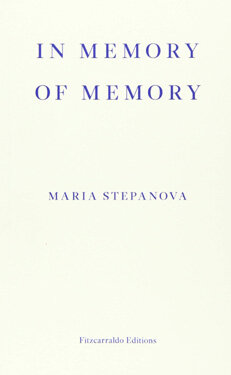It's so moving when historical fiction gives an entirely new view of a particular time period while also raising larger questions which resonate with the world today. That's what Kaitlyn Greenidge “Libertie” does admirably while also telling a deeply engaging coming of age story about Libertie, a free-born black girl in Brooklyn being raised by her single mother in the time before and after The American Civil War. Recent novels such as “The Water Dancer”, “Conjure Women” and “The Prophets” created a radically new perspective about the abolition of slavery. These stories re-view our assumptions of the past and provide a deeper understanding of the resonance of history.
Greenidge's novel considers the lasting impact of slavery for individuals who've been freed but are permanently burdened with the trauma sustained during their subjugation: “The people of Culver's back room had all lost themselves. They had returned in their minds back to the places they'd run from, the places they didn't name, even to their fellow travellers.” It also questions whether liberty can truly be found when systems of government are overhauled by people who also abuse their power - especially against women and the impoverished/under-educated working classes. It's gripping following Libertie's journey as she strives to obtain independence from her country, her mother and the husband who lures her into a life she doesn't expect. Through her eyes we see the hidden costs of compromise and how difficult it is to live in society without being subject to the will of insidious ideologies.
Libertie's mother is a practicing physician and, though she's a role model as a strong educated woman, she doesn't offer much emotional warmth to her daughter. She also has a clear plan that Libertie should follow in her footsteps, intently trains the girl in her practice and sends her to a school to get a formal education in medicine. But Libertie's interests don't align with her mother's nor are these two women held to the same standards as Libertie's mother has lighter skin than her own. When she meets a man named Emmanuel who entreats her to marry him, she sees a way to escape the path her mother laid out for her. Emmanuel brings her back to his native Haiti where his family seek to become leaders in this liberated black-governed nation. But Libertie soon discovers that this family's sense of national identity and who belongs in Haiti are confused, especially as Emmanuel's father Bishop Chase considers himself neither Haitian nor an American Negro. I'm glad I happened to recently read the biography “Black Spartacus” about a leader of the Haitian revolution as it gave me an idea of the challenges this newly independent country faced.
Having committed to a new life in Haiti, Libertie faces a painfully difficult decision about what she will do when she discovers this place doesn't live up to its utopian promise. In fact, (much like the character Kay Adams in The Godfather) she's unwittingly attached herself to a family involved in an insidious power structure she cannot abide. She seeks instead to form a kind of autonomy outside of either Haiti or America's rules. It's a heartening message especially now as we're growing ever more cognizant of hidden power imbalances in society and the lasting effects of trauma. This is such a distinct and impactful novel because its protagonist offers an entirely unique view of the past and present.






















